Why a Knitting Bean Might Help You Focus This Fall
A digital knitting bean has climbed to the top of the App Store thanks to loss aversion
You’re reading Monday Morning Economist, a free weekly newsletter that explores the economics behind pop culture and current events. Each issue reaches thousands of readers who want to understand the world a little differently. If you enjoy this post, you can support the newsletter by sharing it or by becoming a paid subscriber to help it grow:
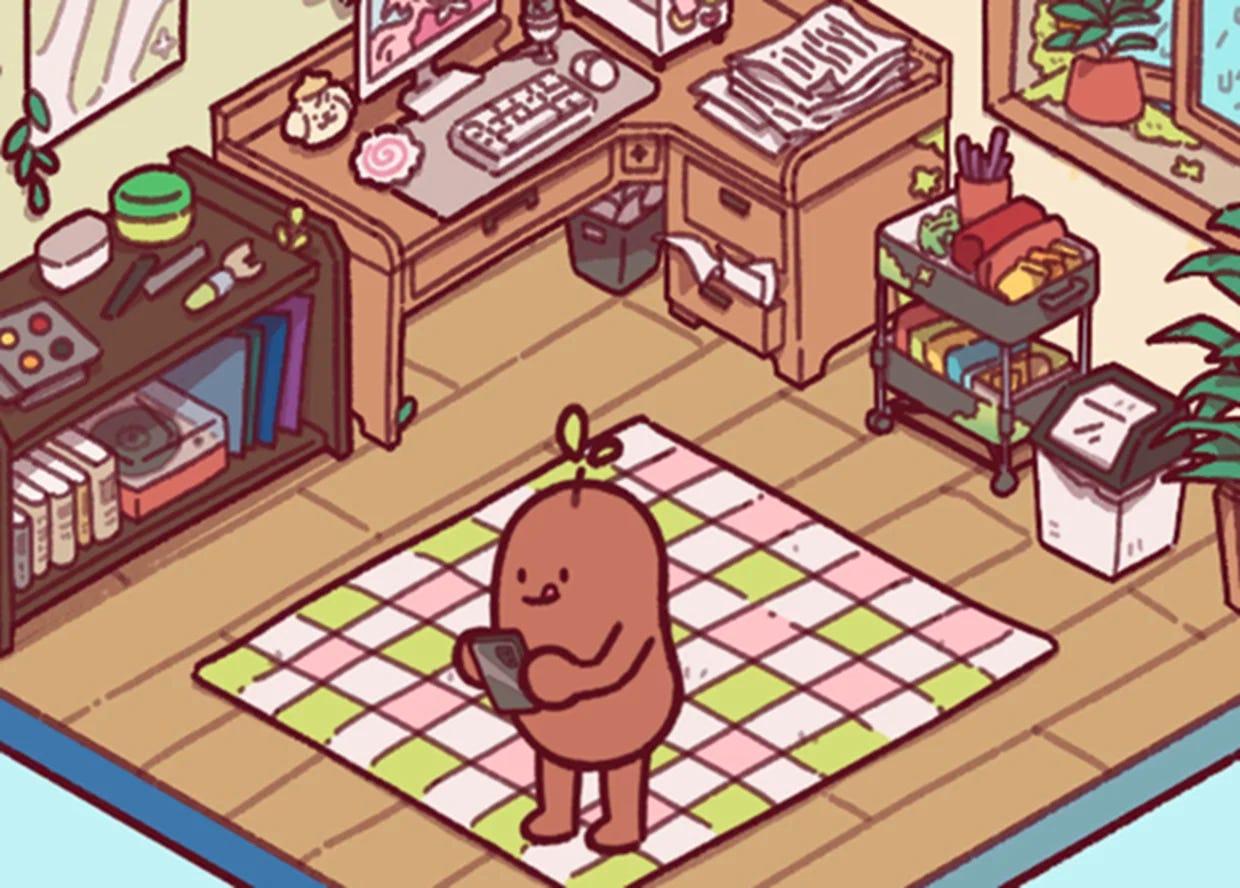
Students are back in classrooms, trying to keep up with the early wave of introductory assignments. Parents are juggling school schedules packed with practices, homework, and travel. And the rest of us? We’re realizing how much time we’ve spent scrolling on our phones while the stack of books on our nightstands remains untouched. No matter which group you’re in, the common challenge is the same: we all want to focus more, but focus is hard.
Enter a little bean with knitting needles.
Earlier this summer, Hank Green and Honey B Games launched Focus Friend, a productivity app built around a simple timer. Functionally, it’s just like any other Pomodoro tool. But within weeks, it climbed to the very top of Apple’s App Store, passing by giants like Google and ChatGPT. The twist is what happens during your focus session: a little bean starts knitting. Quit early, and it drops its needles. Stick it out, and your bean finishes socks and scarves you can use to decorate its digital room.
In a crowded market for apps that promise better focus, this one somehow broke through. But why?
This newsletter was made in partnership with !
Stat Significant is a free weekly newsletter featuring data-centric essays about movies, music, TV, and more. When do we stop finding new music? Which TV shows got their finale right, and which didn't? Which movies popularized (or tarnished) baby names?
The Scarcity of Time and Attention
Economists like to remind people that resources are scarce. Usually, we think about money, but time and attention are just as scarce and maybe even more valuable. Everyone gets the same 24 hours in a day, but not everyone gets to use them as they wish. And even when we do have time to do things we want to do, our attention is constantly under attack.
How bad is it? Recent research suggests that teens get an average of 237 notifications every single day. Those buzzes, pings, and vibrations chop their focus into pieces. It’s no surprise that many school districts have started banning phones during the school day. Lockers for devices are becoming as common as lockers for books. The logic is simple: fewer distractions, more learning.
But what about the rest of us? Adults can’t exactly hand over their phones at the start of first period. We check email, coordinate work, and keep in touch with family all on the same device that’s also streaming TikToks. That’s why a lot of us turn to apps to help us stay on top of things.
Some people swear by calendars, others by productivity apps, and a few still cling to old-fashioned kitchen timers. Focus Friend is just the latest entry into that long-running search for something to “lock in” to help us get things done. As a bonus, this one comes with a cute bean that knits while you work!
Commitment Devices and Loss Aversion
If focusing were easy, we wouldn’t need apps, timers, or even coffee. We’d just sit down and do the dang thing. But most of us don’t. That’s because our present selves and our future selves don’t always agree with each other. “Present You” wants to check TikTok or scroll on Instagram. “Future You” wants the assignment finished, the book read, or the project done on time.
That gap is where commitment devices come in. A commitment device is any tool that helps you keep a promise to your future self by making it harder (or costlier) to give in to temptation. Automatic savings plans are a classic example of financial commitments: by moving money out of your checking account the moment your paycheck arrives, you commit in advance so you can’t spend it on something else.
Focus Friend works the same way, but with your attention instead of money. Once you set a timer, you’ve made a small but meaningful promise to your future self. Breaking it doesn’t just mean losing focus; it means letting your little bean drop its knitting needles.
We Don’t Want Our Bean to Lose Out
So why does this app work so well compared to the dozens of timers already out there? The answer lies in a quirk of human psychology known as loss aversion.
We tend to hate losing more than we like winning. Losing $20 stings more than finding $20 feels good. Focus Friend leans directly into that asymmetry. Once your digital bean starts knitting, you find it harder to interrupt them. Closing the app or picking up your phone mid-session feels like you’ve taken something away.
That small emotional cost is the hook. Even though the bean is just pixels on a screen, the idea of losing its progress is enough to keep people on task. And that’s what makes Focus Friend stand out in a crowded field of other productivity tools. It takes a dry timer and layers in the simple, powerful economics of loss aversion.
Final Thoughts
There’s no shortage of Pomodoro-style apps that promise better focus. But this one is also really nice in that it asks very little of you. As of this writing, Focus Friend is free, it’s ad-free, and it doesn’t collect personal data. That low friction matters: when the cost of trying something new is close to zero, adoption can happen fast.
Of course, having Hank Green’s name attached to the launch helped enormously. Millions of young people already know him from YouTube and Crash Course, and that familiarity lowers another kind of barrier: the uncertainty that comes with downloading something from an unknown developer.
Can a digital bean really keep us focused in the long run, or will attention itself always slip through the cracks? After all, there’s only so much decorating the beans can do… for now. But even if this app is only short-lived summer fun, there’s likely a future where other apps can help solve our mundane problems with a small, playful nudge.
For now, I’ll just say thanks to my bean, Milton Beanman, for helping me stay focused long enough to finish this article. Time to check how many socks he managed to knit.
Know someone heading back to school or just trying to cut down their screen time? Share this with them. A little nudge might be all they need to stay focused this fall.
App Store developers generated $1.1 trillion in total sales in the App Store ecosystem in 2022 [Apple]
More than three-quarters of public schools (77%) have a cell phone policy that prohibits students from having their cell phones during any classes [National Center for Education Statistics]
Today, 74% of U.S. adults say they would support banning middle and high school students from using cellphones during class, up from 68% last fall [Pew Research Center]
Hank Green has 8.2 million followers on TikTok and close to 2.5 million subscribers on YouTube as of August 2025 [TikTok | YouTube]
Nearly half of teens (46%) say their parent is at least sometimes distracted by their phone when they’re trying to talk to them, including 8% who say this happens often [Pew Research Center]




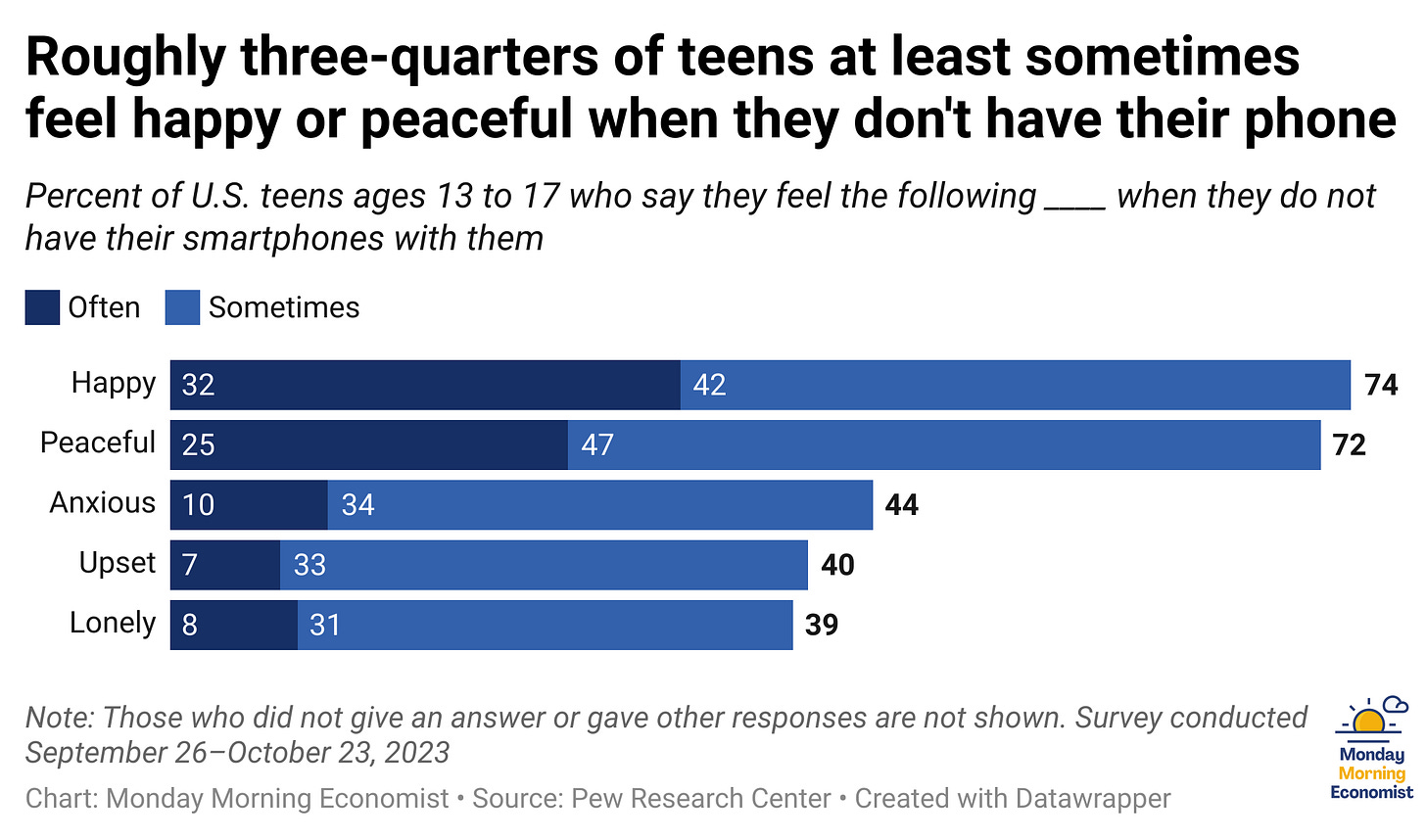
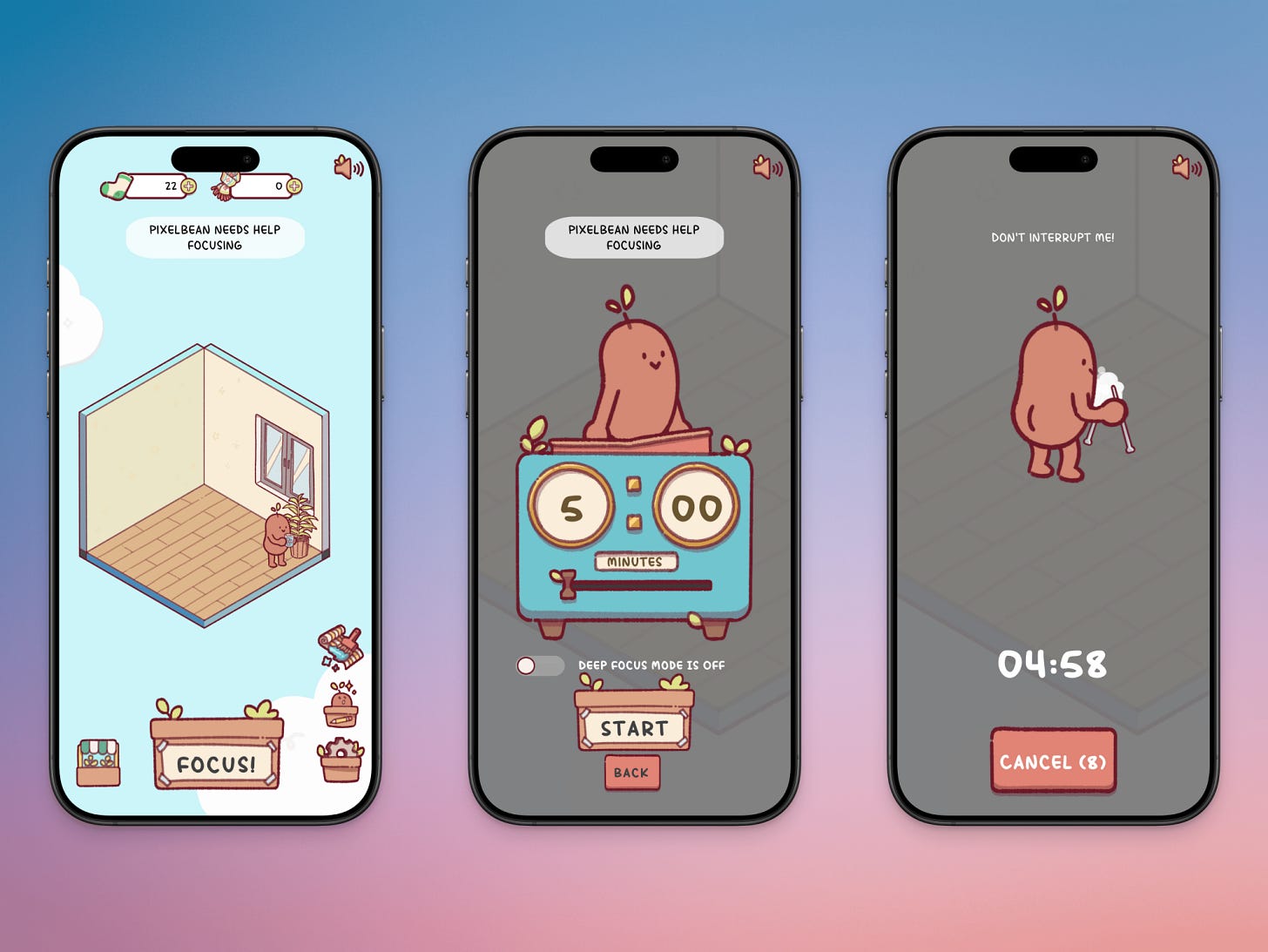
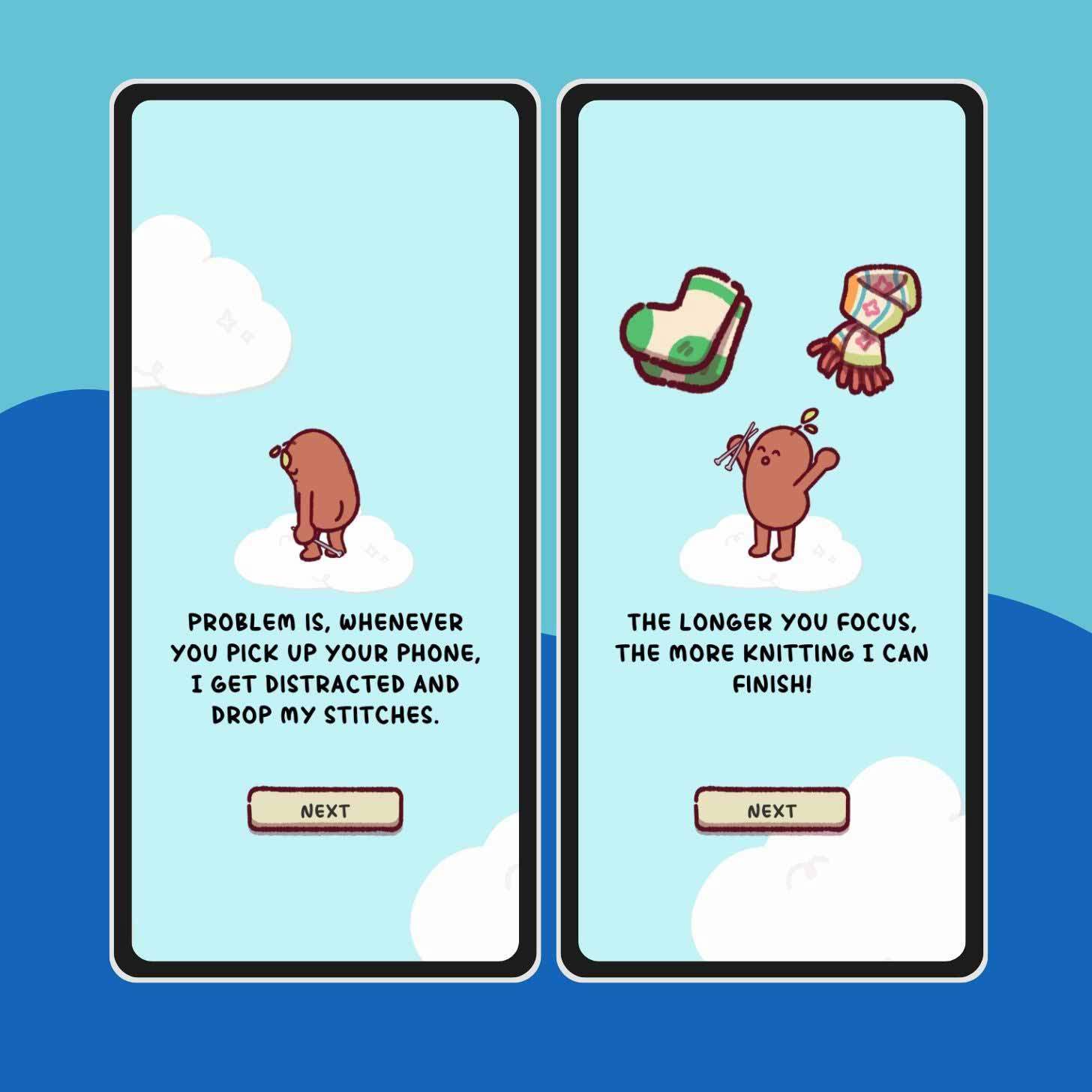
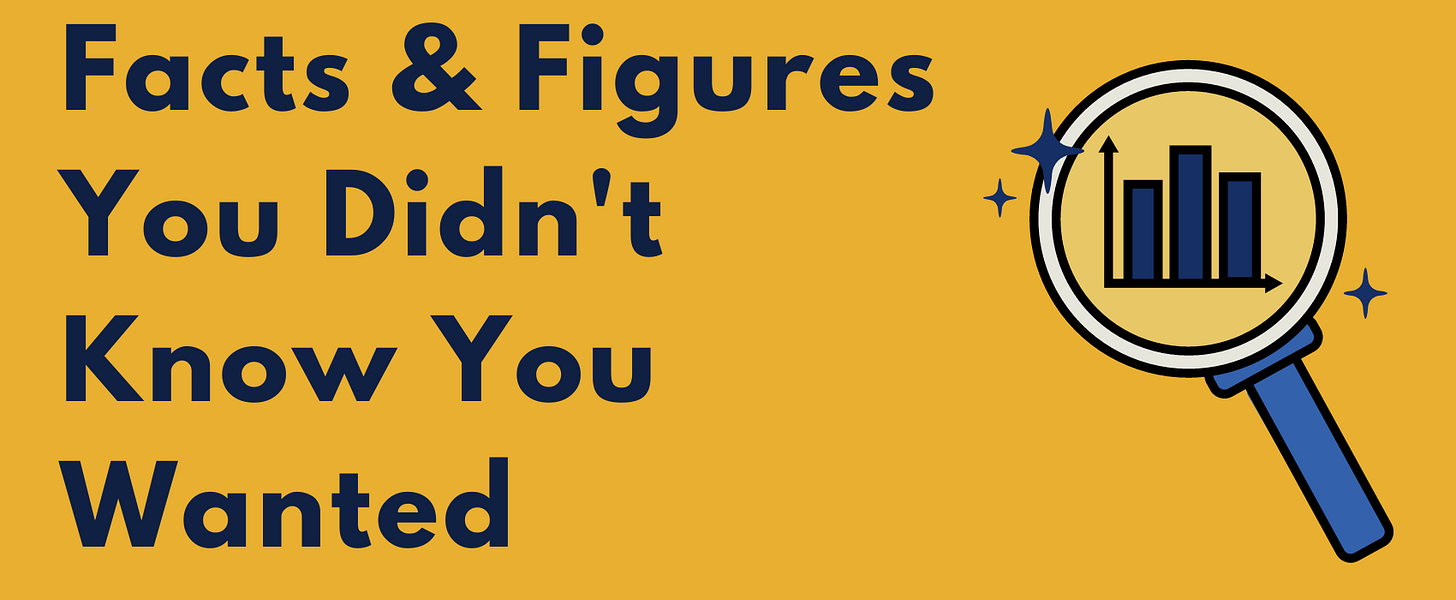
I downloaded this app a few days before you wrote this article, and as someone in college it has weirdly helped me put down my phone and focus on tasks for long periods of time. It feels as if me NOT USING my phone is actually me USING my phone since that is how the bean gets more socks. Writing this all out sounds kind of dumb, but it oddly works as someone who wants to quit scrolling and partaking in useless phone activities.
I saw the Green brothers talk about this separately and think it is a perfect idea. I think the hardest part for younger people is to admit they have a problem. Phones can be as detrimental as they are utilitarian. Much like all of econ it is a trade off.